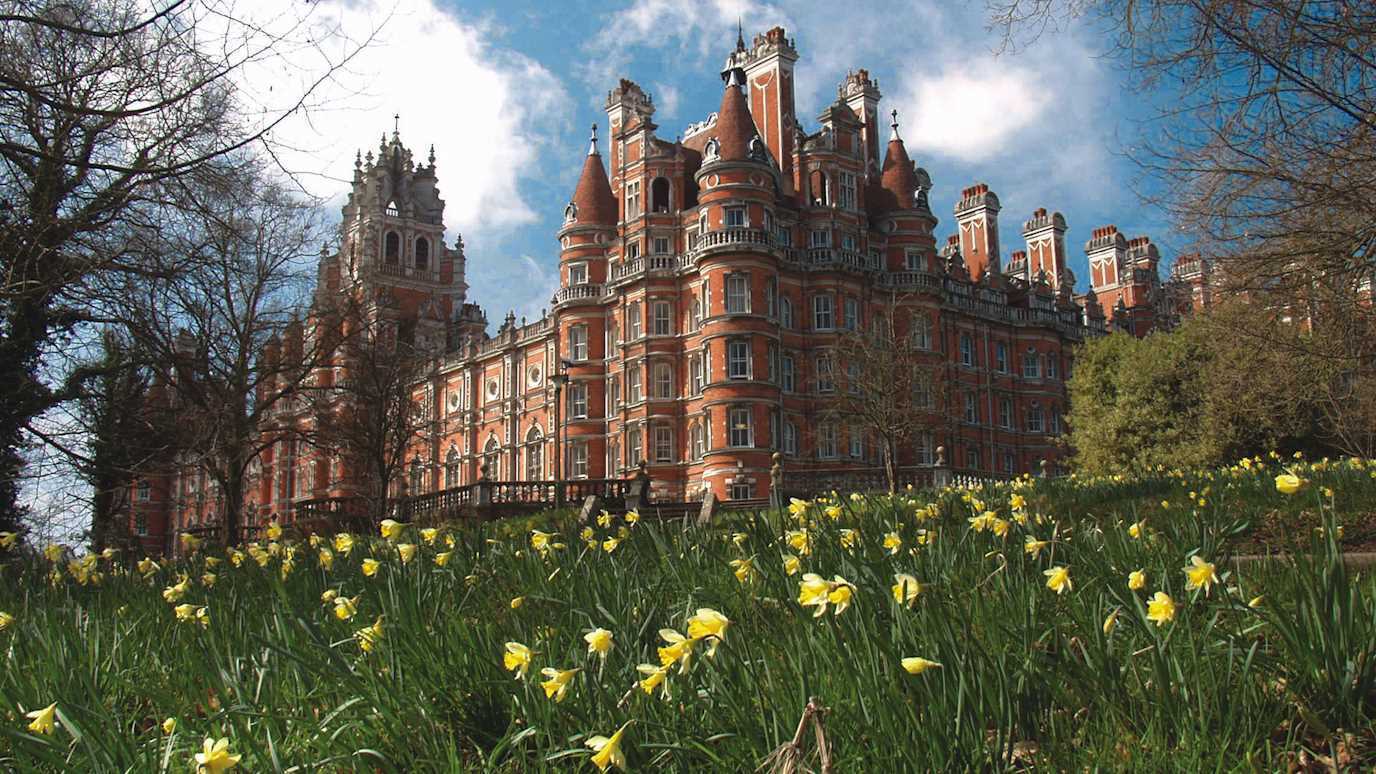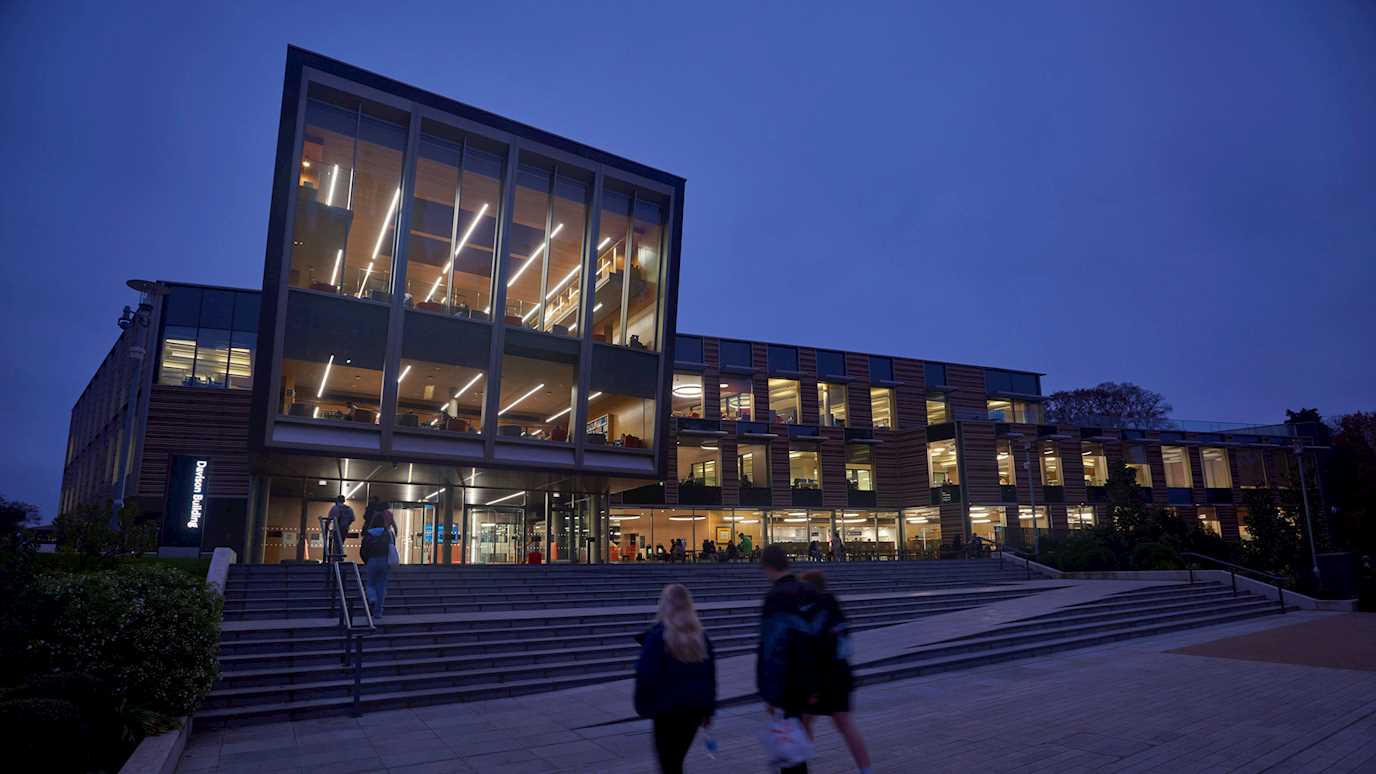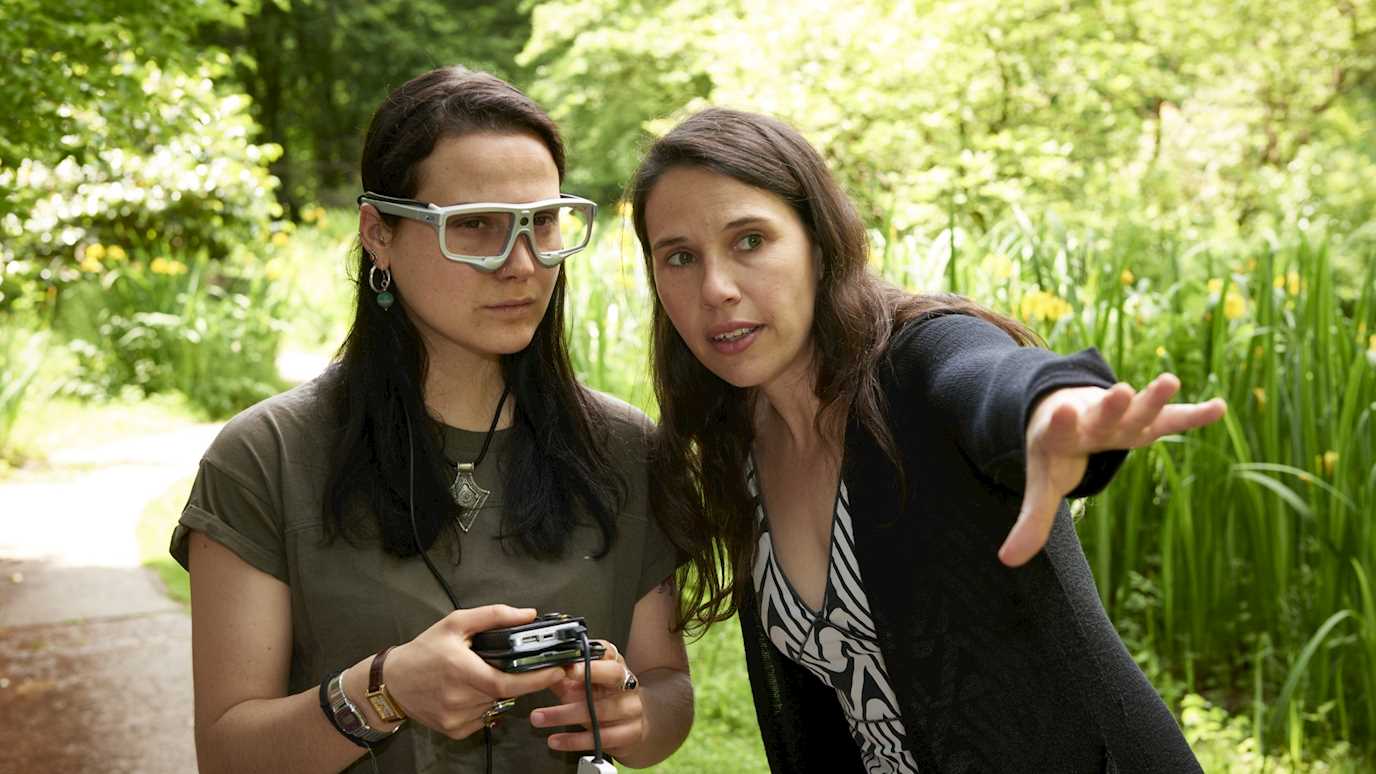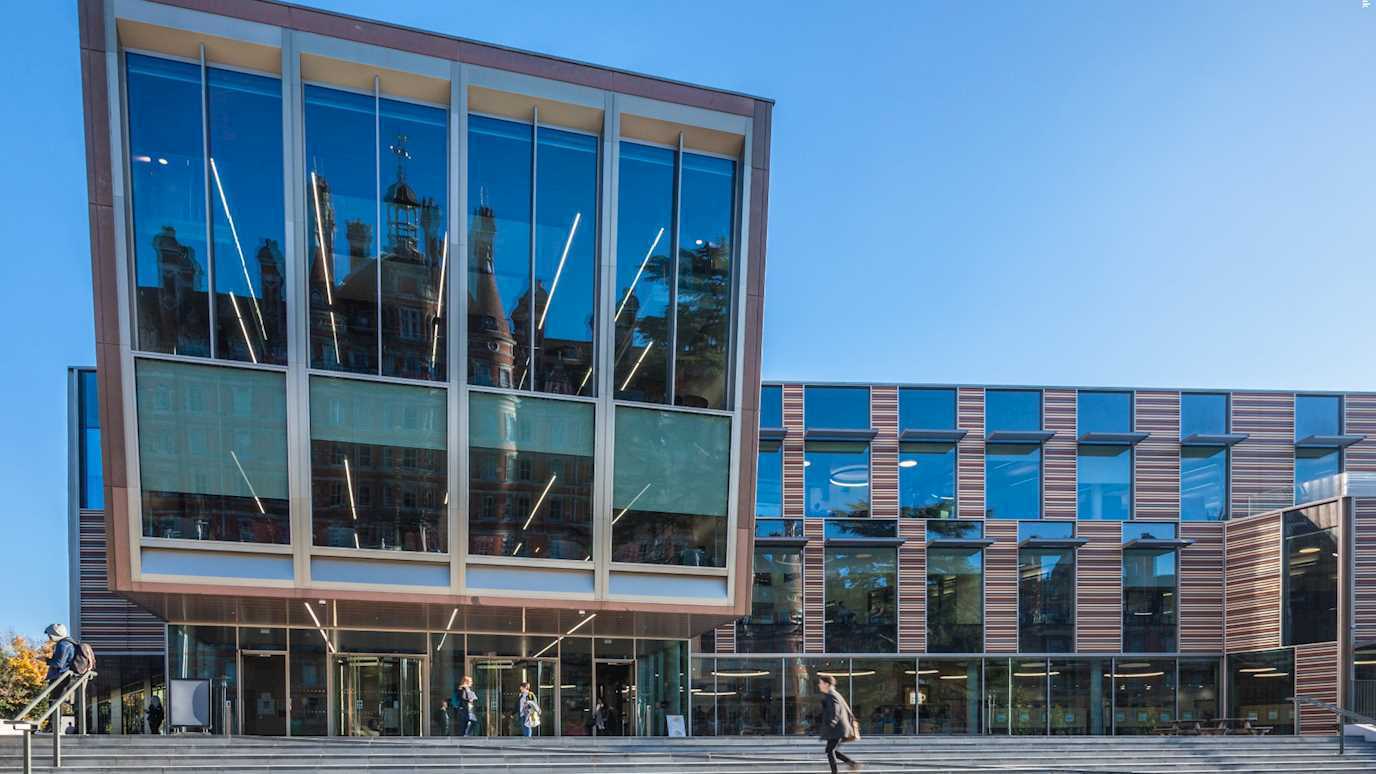New research led by academics at Royal Holloway reveals that parts of Southern Britain began warming nearly 700 years earlier than previously believed – reshaping long-held assumptions about post-Ice Age human migration.
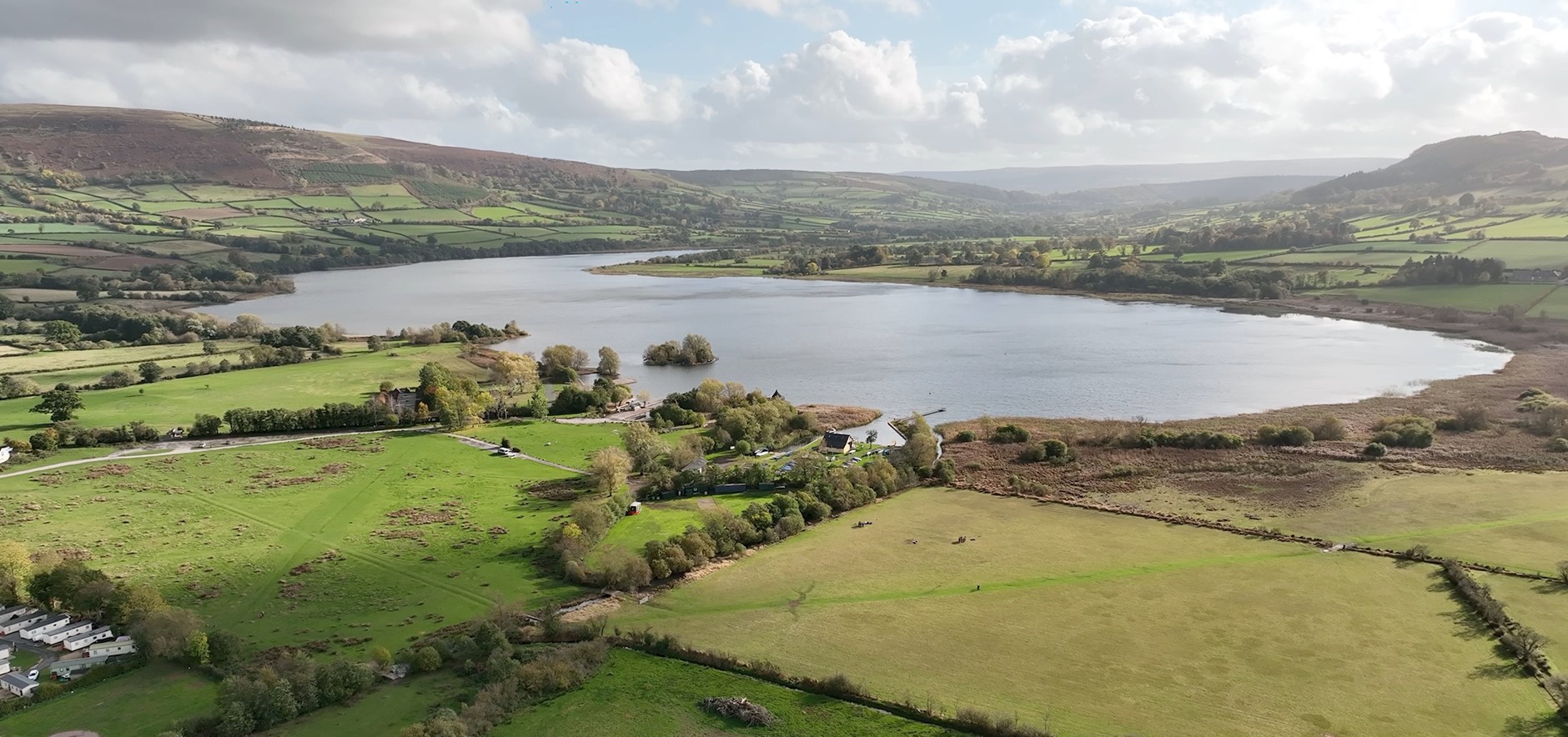
Llangorse Lake, South Wales looking toward the south.
The study titled "Summer Warmth Between 15,500 and 15,000 Years Ago Enabled Human Repopulation of the Northwest European Margin," published in Nature and based on high-resolution climate data and archaeological evidence, reveals that summer temperatures in Southern Britain began to rise approximately 15,200 years ago.
This early warming, likely driven by shrinking sea ice in the eastern North Atlantic, created conditions that allowed reindeers and horses to migrate into the region – followed closely by human hunter-gatherers.
“Our research from lake sediments in South Wales reveals that parts of Southern Britain began warming much earlier than previously believed – around 15,200 years ago. That’s nearly 700 years ahead of earlier estimates,” said Dr Adrian Palmer, Senior Lecturer in Physical Geography at Royal Holloway, University of London.
“By analysing ancient insect remains and chemical markers in the lake, we were able to track this rapid summer warming, which likely opened the door for humans to return to Britain after the last Ice Age, following animals like reindeers and horses into these newly habitable areas.”
Before this research, the prevailing view was that the whole northwest Europe warmed at the same time. The fact that evidence of humans had been found in Britain 400-500 years earlier than this warming was a long-standing question in research.
“Our findings challenge the long-established assumption that human migration was solely driven by large-scale climate events. Instead, we see that regional warming patterns played a crucial role in enabling early humans to return to these northern landscapes,” explained Adrian.
The findings challenge the idea that large-scale global climate events were the sole drivers of human migration. Instead, the study highlights the importance of regional environmental changes in shaping where and when people could live.
Dr Ian Matthews, Senior Lecturer in Physical Geography at Royal Holloway, added: “This research shows that local environmental changes, not just global trends, were as vital in determining when and where people could live.
“It’s a powerful reminder of how sensitive human populations have always been to the climate around them.”
The study also underscores the value of precise, region-specific climate and archaeological data in understanding how humans responded to rapid environmental change in the past – insights that may prove vital as we face similar challenges today.


